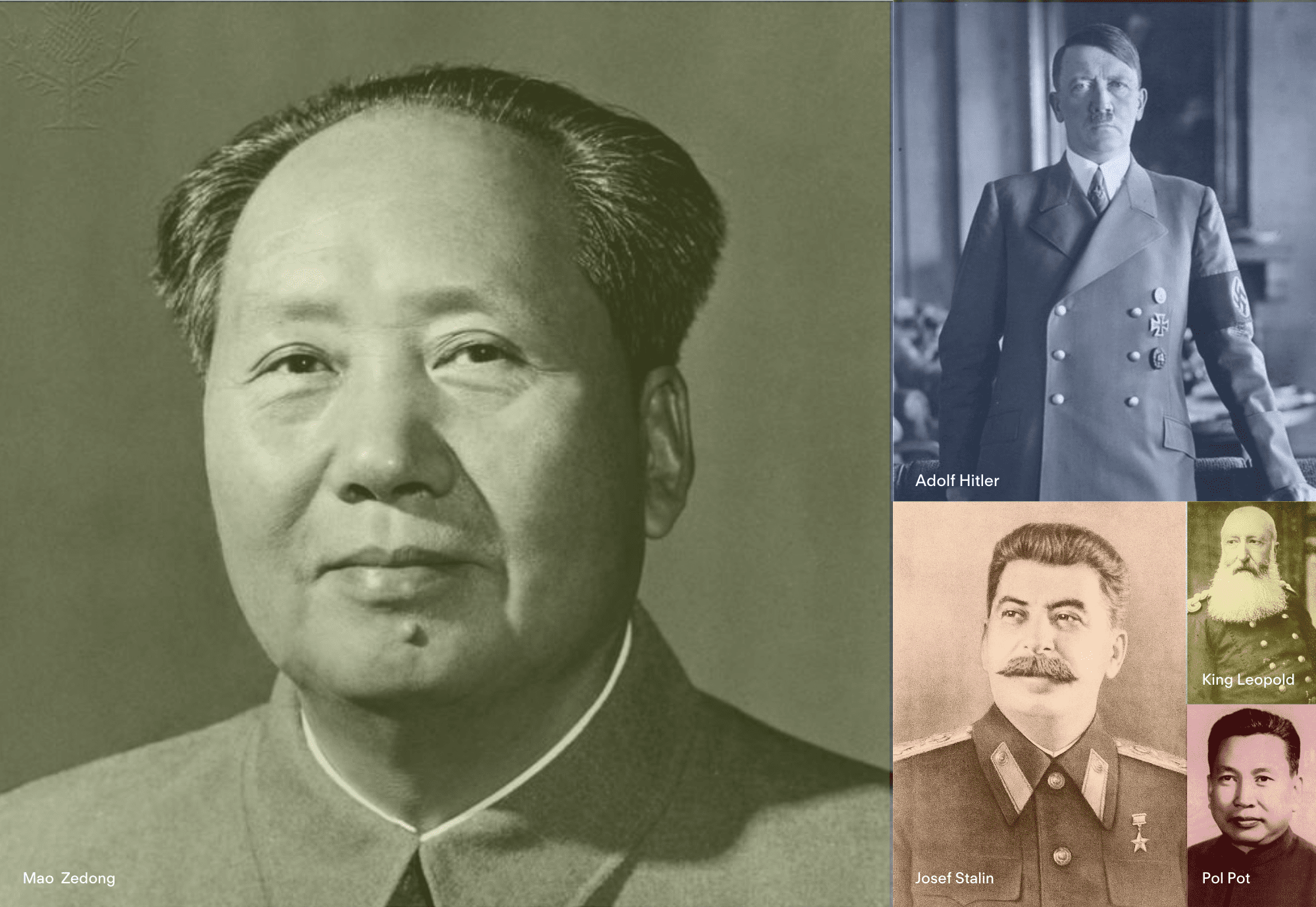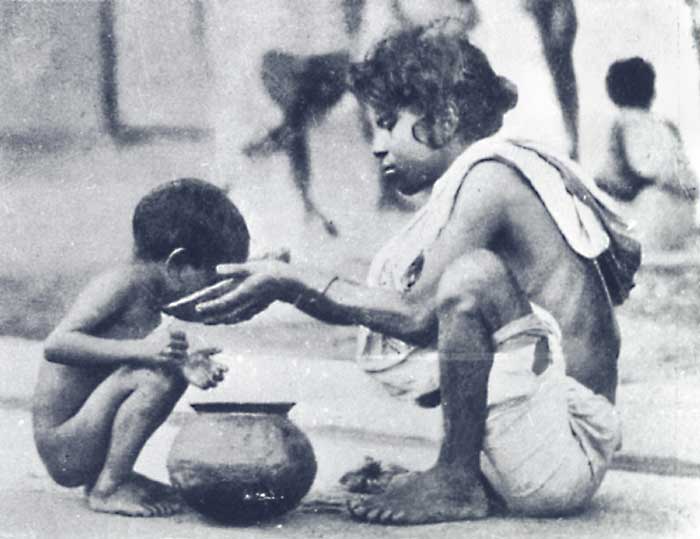Much has been written about the Wagner Group’s conduct in Africa – counterinsurgency operations marked by atrocities and gross human rights abuses, resource capture and exploitation, a vehicle of plausible deniability through which Russia could achieve strategic objectives. What is less discussed is how the Wagner Group has inserted itself into the local and regional political marketplaces of its client states, marketplaces with similar characteristics to Russia’s own market for private violence from which it first emerged.
This is the focus of a new report, just published as part of World Peace Foundation’s partnership with the Peace and Conflict Resolution Evidence Platform.
The late 20th century was a time of political upheaval and disorder for many countries. The end of the Cold War and collapse of the Soviet Union significantly altered geopolitical alignments, resulting in the loss of patronage for numerous African states. Rulers lost reliable revenue streams and turned to increasing predatory behavior, public salaries went unpaid, and soldiers sought ways to monetize their skills in violence.
Russia emerged from the wreckage of the Soviet Union determined to reform itself. However, macroeconomic shock therapy and rapid mass privatization led to the emergence of crony capitalism and a powerful oligarch class. A weak regulatory environment, and a judiciary designed to protect only those in positions of power enabled predatory behavior by gangs, resulting in the need for business owners to procure protective services. Military downsizing and the lure of private salaries led many Russian soldiers to sell their skills on the open market, to gangs and to private enterprises in the form of private security companies (PSCs). From Russia’s more traditional PSCs Wagner would eventually emerge. Though technically illegal, the private military company (PMC) was allowed to exist at the pleasure of the Kremlin, as long as it advanced its interests abroad.
The early days of Wagner’s arrival in Africa are murky. High profile meetings between heads of state—with photo-ops telling nothing about the real deals cut in secret—and obscure fact-finding missions would facilitate Wagner’s deployments. In the Central African Republic (CAR), Libya, Mali, and Sudan, Wagner’s services were offered to leaders and warlords, ranging from personal protection detail to security forces training to political consulting to military operations. For rulers suspicious of the West and willing to exploit anti-Western sentiments due to colonial legacies, procuring the services of a Russian PMC was an opportunity they couldn’t refuse.
The Wagner Group proved adept at navigating the kleptocracy and patronage politics of its client states. In Sudan, it forged close working relations with enterprises run by rival factions of the security services. In CAR, it brokered a short-lived peace agreement by paying off warlords and rebel leaders. It proved flexible in its dealings, willing to provide personal protection and consulting services to keep one despot in power while enabling a renegade general’s attempt to overthrow a UN-backed government elsewhere, even building military bases on rebel-held territory in a country whose leader it was tasked to defend.
Wagner did not create the political disorder of its clients but rather was able to opportunistically exploit it. Desperate leaders wary of the West sought a security partner who they could pay off to do their dirty work and solidify their hold on power, willing to fork over cash and access to natural resources. If Wagner’s presence served Russia’s strategic interests, Moscow was more than willing to lend its support, at times even directing its deployment. Wagner also found willing partners in the UAE and various transnational armed groups.
The countries in which Wagner managed to secure a foothold shared similar characteristics: political instability and weak rule of law, patronage politics, competition for power, and abundant natural resources. Often, these countries had histories of relying on foreign powers for security cooperation thereby allowing for Wagner’s relatively seamless market entry. In order for Wagner to succeed, it required two additional conditions: 1) support from local political and military elites, and 2) diplomatic and/or military support from the Russian government.
Wagner’s successful security and commercial ventures were interspersed with miserable failures. Competitive elections and lack of immediate security threat prevented Wagner from gaining a foothold in Madagascar. In Mozambique, the ill-prepared mercenaries suffered heavy casualties and were wrong-footed by more effective South African PMCs favoured by the country’s military elite. In both cases, Wagner received little meaningful support from the Russian state.
The future of Wagner in Africa is uncertain. Since the mutiny and death of its founder Yevgeny Prigozhin, the Kremlin has limited its size and scope for action. Russia’s new Africa Corps under the command of its Ministry of Defence has subsumed Wagner’s operations in Libya and made inroads to countries where Wagner was previously unwelcome, namely Burkina Faso, Niger and most recently, Mali. Meanwhile Wagner remains in business, afforded seemingly more autonomy in CAR for now. A PMC directly subjugated to the Russian state provides Moscow with greater control and assuages concerns of African leaders wary of Wagner’s conduct and who seek a more formal partnership with Russia. Whatever fate befalls the Wagner Group in Africa, the creation of Africa Corps points to Moscow’s desire to continue exploiting markets for violence. Political disorder will continue to provide ripe conditions for it.



